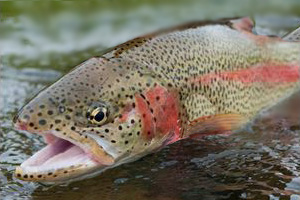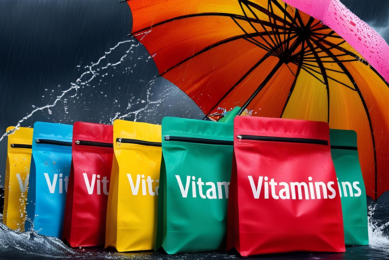Effects of dietary propolis and vitamin E on trout

Abstract: The present study investigated the effects of propolis and vitamin E supplementation in diets of juvenile rainbow trout subjected to two different flow rates (0.9 and 2.1 L min-1) on growth performance, and vitamin A, C and E concentrations in tissues as well as malondialdehyde (MDA) levels.
Juvenile rainbow trout were fed with diets containing 10 and 30 g propolis kg−1, 60 mg kg−1 vitamin E (Rovimix E-50 adsorbate; min.%50 dl-α-tokopherly acetate) and without supplemented basal diet for 12 weeks. Weight gain (WG) in the C group was significantly lower (P < 0.05) than P10, P30 and E60 groups at both flow rate treatments. At 2.1 L min−1, specific growth rate (SGR) in the C group was significantly lower (P < 0.05) than other groups, but at 0.9 L min−1, SGR of fish did not differ among the diets groups (P > 0.05). Survival rate (SUR) was higher in propolis and vitamin E supplemented diet groups (P < 0.05) than control diet group at 0.9 L min−1.
Fish fed on diet E60 had higher (P < 0.05) tissue vitamin E concentration than fishes fed on other diets groups. Vitamin C concentration in rainbow trout tissues was significantly affected by the 30 g propolis supplemented diet group (P < 0.05), followed by the 10 g propolis supplemented diet group (P < 0.05).
MDA level of E60 group was found significantly decreased instead of different than other groups (P < 0.05). The results of Student’s t-test revealed that WG, SGR, SUR values, vitamin (A, C, E) concentrations and MDA levels of tissues were negatively affected by 0.9 L min−1flow rate treatment in juvenile rainbow trout.
Aquaculture Research, Volume 44, Issue 7: Effects of dietary propolis and vitamin E on growth performance and antioxidant status in juvenile rainbow trout (Oncorhynchus mykiss) under different flow rate
Authors: Gülüzar Tuna Keleştemur, İsmail Seven











